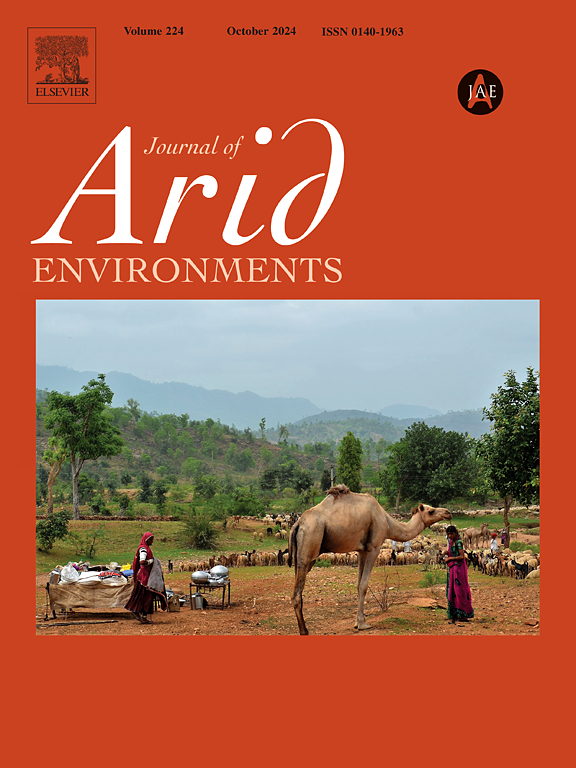Faster growth rate induces higher ecosystem productivity in Inner Mongolian grasslands during 2000–2018 years
IF 2.6
3区 环境科学与生态学
Q2 ECOLOGY
引用次数: 0
Abstract
The dynamics of ecosystem productivity, which reflects carbon sequestration capacity, are closely linked to vegetation phenology and growth rates. Few studies investigate the linkages among phenology, growth rates, and productivity in grasslands at the regional scale, and it remains unclear how environmental factors impact ecosystem productivity by altering phenology and growth rates in different grassland types. We extracted vegetation phenology and growth rates (GR) from the remote sensing gross primary productivity (GPP) data from 2000 to 2018 to examine the connection of ecosystem productivity with vegetation phenology and growth rates in meadow steppe, typical steppe, and desert steppe in Inner Mongolia, and assessed the influence of environmental factors on these dynamics. We found that the GR during the early growing season (from the start to the peak of growing season) was the key contributor to annual GPP across Inner Mongolian steppes. The soil moisture during the early growing season was the predominant environmental factor of the annual GPP because of its significant influence on GR. These results suggested that the early growing season played a pivotal role in productivity accumulation, and the contribution of this stage to annual GPP was particularly pronounced in the water-limited steppe types, which offers new insights into the mechanisms driving productivity dynamics and guides policymakers on managing and conserving grassland ecosystems amid climate change.

2000-2018年内蒙古草原生长速率越快,生态系统生产力越高
反映固碳能力的生态系统生产力动态与植被物候和生长速度密切相关。很少有研究在区域尺度上探讨草原物候、生长速率和生产力之间的联系,环境因子如何通过改变不同草地类型的物候和生长速率来影响生态系统生产力仍不清楚。利用内蒙古2000 - 2018年遥感总初级生产力(GPP)数据提取植被物候和生长率(GR),研究内蒙古草甸草原、典型草原和荒漠草原生态系统生产力与植被物候和生长率的关系,并评估环境因子对这一动态的影响。结果表明,生长季早期(从生长季开始到生长季高峰)的植被生长速率是内蒙古草原年植被生长速率的主要贡献因子。早期生长季土壤湿度是影响年GPP的主要环境因子,对年GPP有显著的影响。这些结果表明,早期生长季在生产力积累中起着关键作用,并且在限水草原类型中,这一阶段对年GPP的贡献尤为显著。这为了解推动生产力动态的机制提供了新的见解,并指导决策者在气候变化中管理和保护草原生态系统。
本文章由计算机程序翻译,如有差异,请以英文原文为准。
求助全文
约1分钟内获得全文
求助全文
来源期刊

Journal of Arid Environments
环境科学-环境科学
CiteScore
5.70
自引率
3.70%
发文量
144
审稿时长
55 days
期刊介绍:
The Journal of Arid Environments is an international journal publishing original scientific and technical research articles on physical, biological and cultural aspects of arid, semi-arid, and desert environments. As a forum of multi-disciplinary and interdisciplinary dialogue it addresses research on all aspects of arid environments and their past, present and future use.
 求助内容:
求助内容: 应助结果提醒方式:
应助结果提醒方式:


